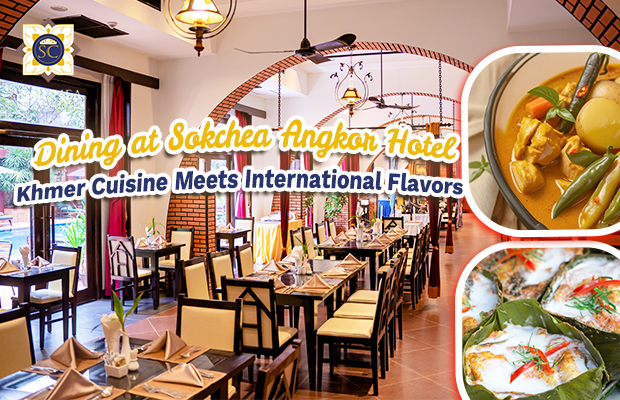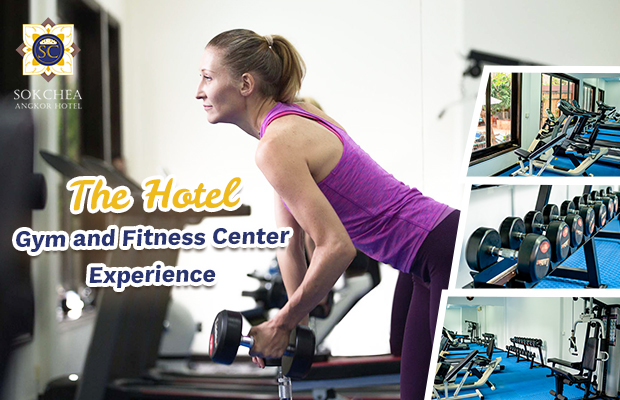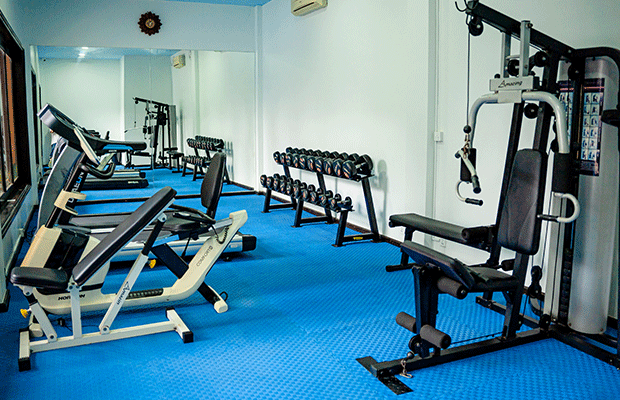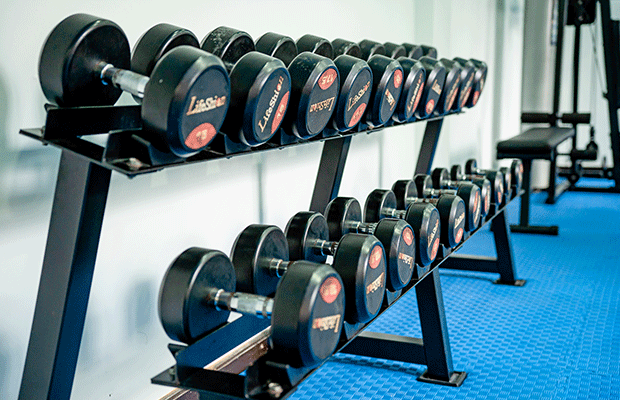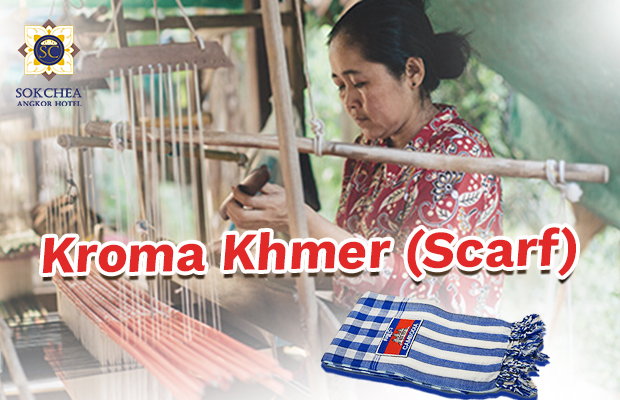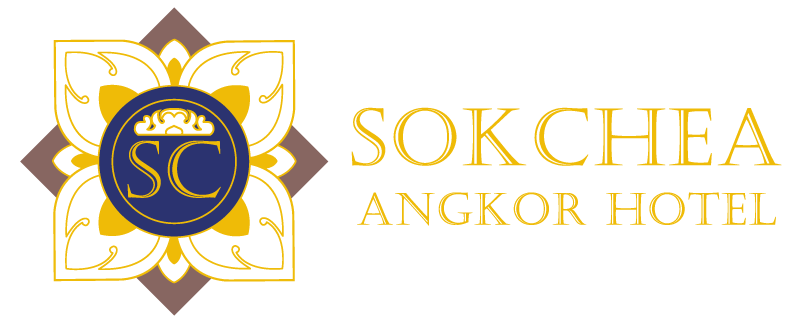Tucked away in the heart of Siem Reap, just a short distance from the world-renowned Angkor Wat, lies a hidden gem that is quickly becoming one of Cambodia’s most enchanting attractions: Angkor Wonder Garden. Designed to blend natural beauty with artistic creativity, the garden offers a peaceful yet awe-inspiring experience for visitors of all ages. Whether you’re a tourist looking for a unique destination or a local searching for a weekend escape, Angkor Wonder Garden delivers a magical journey that lingers in the memory long after you’ve left.
Spread across beautifully landscaped grounds, Angkor Wonder Garden is more than just a garden—it’s an immersive world of color, light, and imagination. As you walk through the vibrant pathways, you’ll be greeted by a stunning array of flowers, rare plants, and meticulously designed sculptures that seem to come alive with every step. The garden is divided into themed sections, each offering a unique atmosphere, from fairy-tale-inspired zones and romantic flower tunnels to charming bridges and peaceful lotus ponds. It’s a photographer’s dream and a perfect backdrop for Instagram-worthy moments, engagement photos, or even casual family portraits.
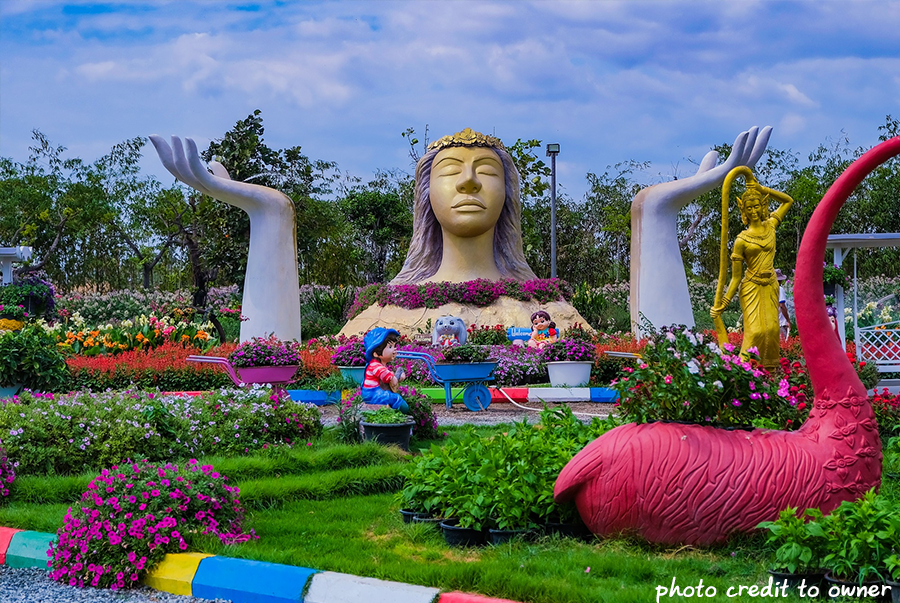
One of the most captivating features of Angkor Wonder Garden is its night illumination. When the sun sets, the garden transforms into a dazzling wonderland with thousands of twinkling lights and glowing installations. The pathways light up in vibrant colors, while sculptures and structures are bathed in soft, enchanting hues. This nighttime experience is ideal for couples on a romantic date, families looking for an evening adventure, or travelers wanting to experience a different side of Siem Reap’s attractions.
What sets Angkor Wonder Garden apart from other tourist spots is its ability to provide entertainment, relaxation, and cultural appreciation all in one place. In addition to its natural beauty, the garden occasionally hosts live performances, cultural exhibitions, and seasonal events that celebrate Cambodian heritage and traditions. Local artisans and food vendors are often present, offering authentic cuisine and handmade crafts that reflect the spirit of the region. It’s a destination that supports the local community while giving visitors an immersive cultural experience.
Visitors will also appreciate the garden’s accessibility and family-friendly amenities.
With clean restrooms, shaded seating areas, and helpful staff, the garden is designed to be welcoming and comfortable for everyone.
Whether you’re strolling hand-in-hand with a loved one, exploring with curious children, or simply taking a solo moment to reconnect with nature, Angkor Wonder Garden provides the perfect setting.
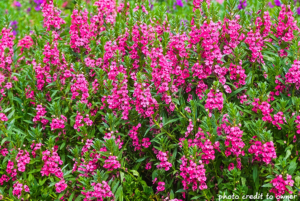
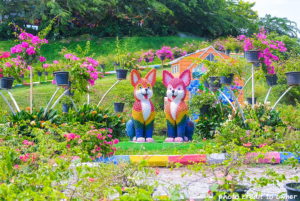
For those planning a visit, ticket prices are very affordable—Children $3 and Adult $7—making it a budget-friendly attraction for both locals and international travelers. With such reasonable pricing, Angkor Wonder Garden offers great value for a unique and unforgettable experience.
In a city famed for its ancient temples and historical landmarks, Angkor Wonder Garden adds a fresh and contemporary charm to the Siem Reap experience. It is a place where art meets nature, where creativity blossoms alongside tradition, and where every corner holds a new surprise waiting to be discovered. Don’t miss the chance to explore this magical destination—Angkor Wonder Garden is not just a place to visit, but a place to feel inspired.

